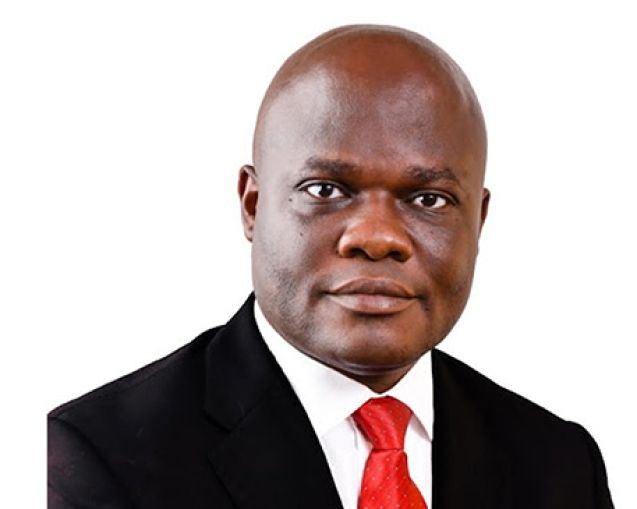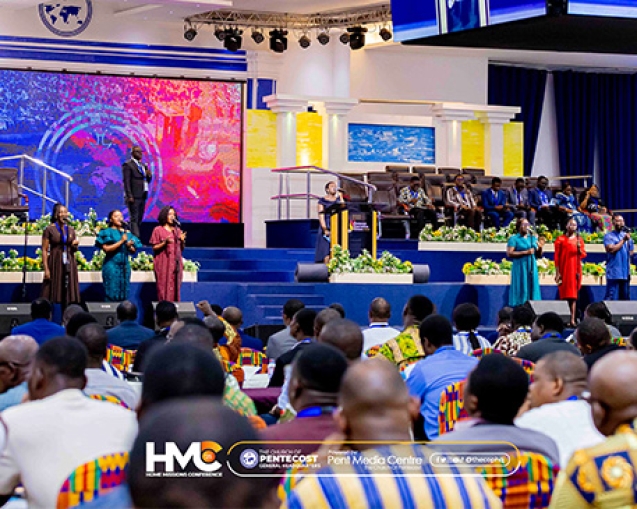The discourse on sound engineering in many of the local assemblies of The Church of Pentecost has been an age-old one. As a young man who grew up in the Church and has, for most parts of my life, been involved in holding the microphone to recite a lengthy Bible chapter during Children’s Ministry week celebrations until my young adult years, in which I was involved as a chorus leader, worship leader, choir director till being ordained as an officer and subsequent call into full-time ministry, I have seen the various transitions that the church has gone through when it comes to sound engineering matters. However, with the clarion call for the repositioning of the local church for maximum impact, I feel led to stimulate the discussion on this matter to draw deeper engagements on the way forward.
Let me, at this juncture, pause to indicate here that I am not writing from the perspective of a technical sound engineer, but I am only doing so as a lay end user who once in a while finds myself in uncomfortable situations due to bad sound engineering in some of the churches I visit to execute ministerial duties. In fact, the situation can get so bad that one descends the lectern with an aching sore throat and a hoarse voice that leaves one using many days of orthodox and unorthodox methods to treat, including lozenges, honey, and ginger therapies.
It is in the light of the foregoing that I respectfully would like to offer some suggestions for consideration in our bid to improve the situation:
- Sound Engineering should be part of the conversation at the outset of our building projects. The implication here is that the blueprint and architectural layout should factor sound into the project right from the outset, so it is not considered an afterthought.
- The Terms of Reference of the Monitoring and Evaluation Teams at the Areas and National levels should be expanded to include the auditing of sound for quality, efficiency, and functionality to bring checks and balances. It is worth mentioning that sound volumes at certain decibels are unhealthy for the ears, and end users who are made to scream while using the microphones are at health risks of vocal infections.
- With the establishment of the Centre of Music and Worship at Pentecost University, rebates could be given in the form of scholarships for each big assembly to train at least one sound engineer to manage the sound in the local assemblies.
- Procurement and acquisition of sound equipment and technical gadgets should be separated from the building and estate committee or fundraising committee. They may act as advisors, but the task should be handled by an ad-hoc committee under the supervision of the presiding elder/district minister. The ad-hoc committee so set up should be made up of experts who understand the language of sound engineering.
- Structures should be put in place for the routine maintenance and replacement of this equipment. With the rising cost of such equipment and the number of fundraising campaigns that enable such procurements, it becomes heartbreaking when such equipment has a short lifespan due to manhandling, improper use, and low-quality purchases.
- Short videos offering titbits for sound management, microphone handling techniques, and other technical complexities could be packaged and shared on TV and on our social media handles.
CONCLUSION
The purpose of this article is to stimulate the call for attention to be given to our sound architecture in our churches. Even though some gains have been made in this area over the years, it is strongly believed that the bar can be raised to smoothen the edges, bearing in mind that excellence is one of God’s hallmarks we ought to pursue, sustain, and maintain. It is my thinking that as we seek to internalise our understanding of repositioning, we ought to say also that repositioning means better sound for maximum impact.
Written by Pastor Kwasi Asante Annor (General Manager, PENT TV)


















